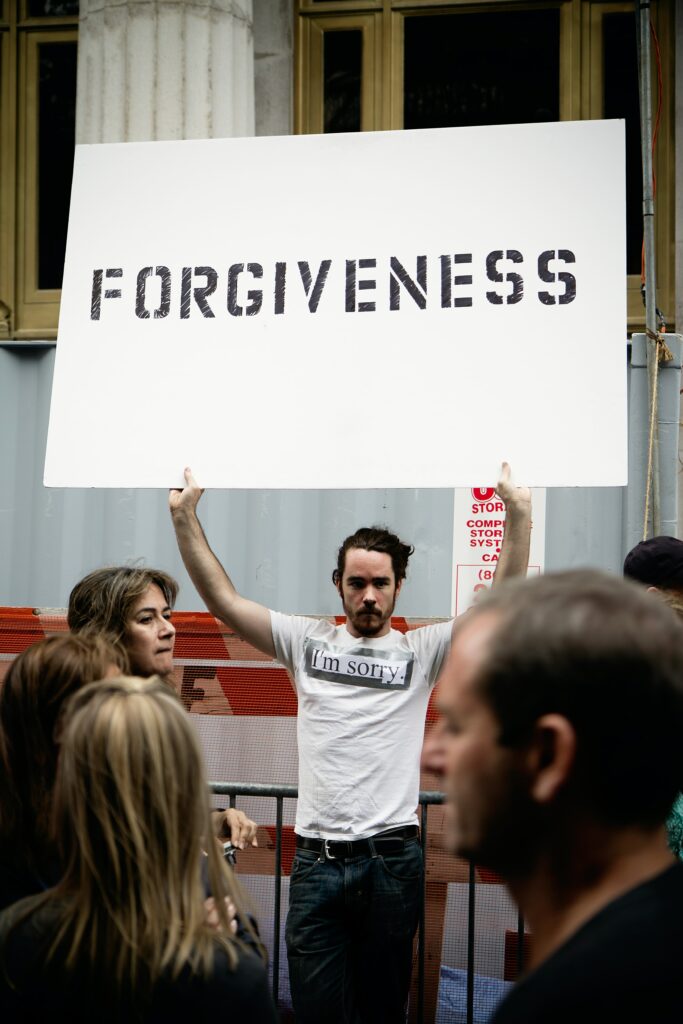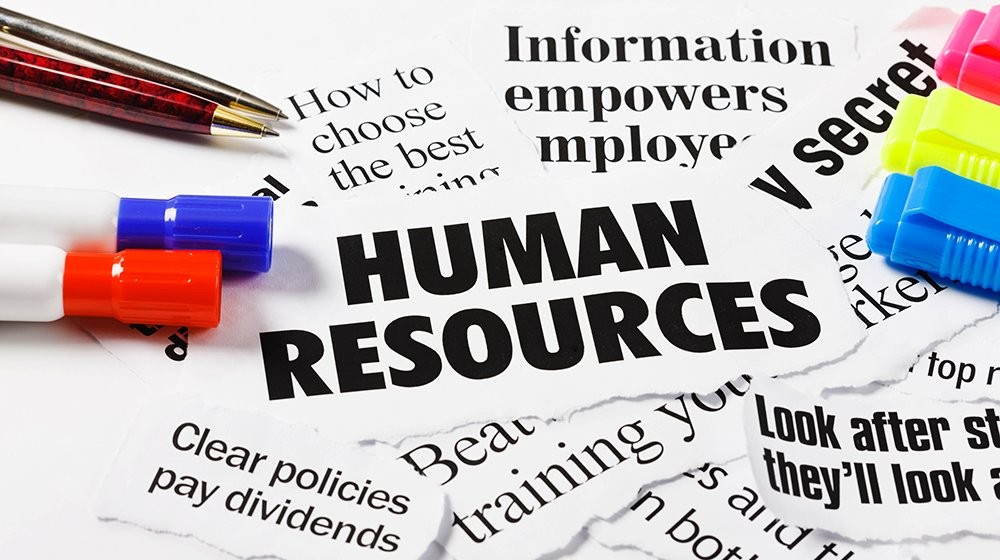- Solutions
- Compassionate Business/Professional/Healthcare Development and Certification
- Leading with Compassion Training and Certificate Program
- Compassionate Teamwork Training and Certificate Program
- Compassionate Human Resources Management Training and Certificate Program
- Managing with Compassion Training and Certification Program
- Compassionate Entrepreneurship Training and Certificate Program
- Compassion, Diversity and Inclusion Training and Certification
- Stress, Burnout and Compassion Training and Certificate Program
- Compassionate Organizational Behavior Training and Certificate Program
- Business and Professional Ethics Training and Certificate Program
- Measurable Skills Development for Universities, Colleges and High Schools Accreditation
- Business and Professional Ethics Training and Certificate Program
- Managing with Compassion Training and Certification Program
- Compassionate Human Resources Management Training and Certificate Program
- Compassionate Teamwork Training and Certificate Program
- Stress, Burnout and Compassion Training and Certificate Program
- Leading with Compassion Training and Certificate Program
- Compassionate Organizational Behavior Training and Certificate Program
- Compassionate Entrepreneurship Training and Certificate Program
- Brightsity Consulting Services
- Certifications
- Well-Being/Self-Development
- Articles
- Frequently Asked Questions
- About Us
- Login
- Compassionate Business/Professional/Healthcare Development and Certification

ARTICLE
June 30, 2022
The Art and Science of Forgiveness













